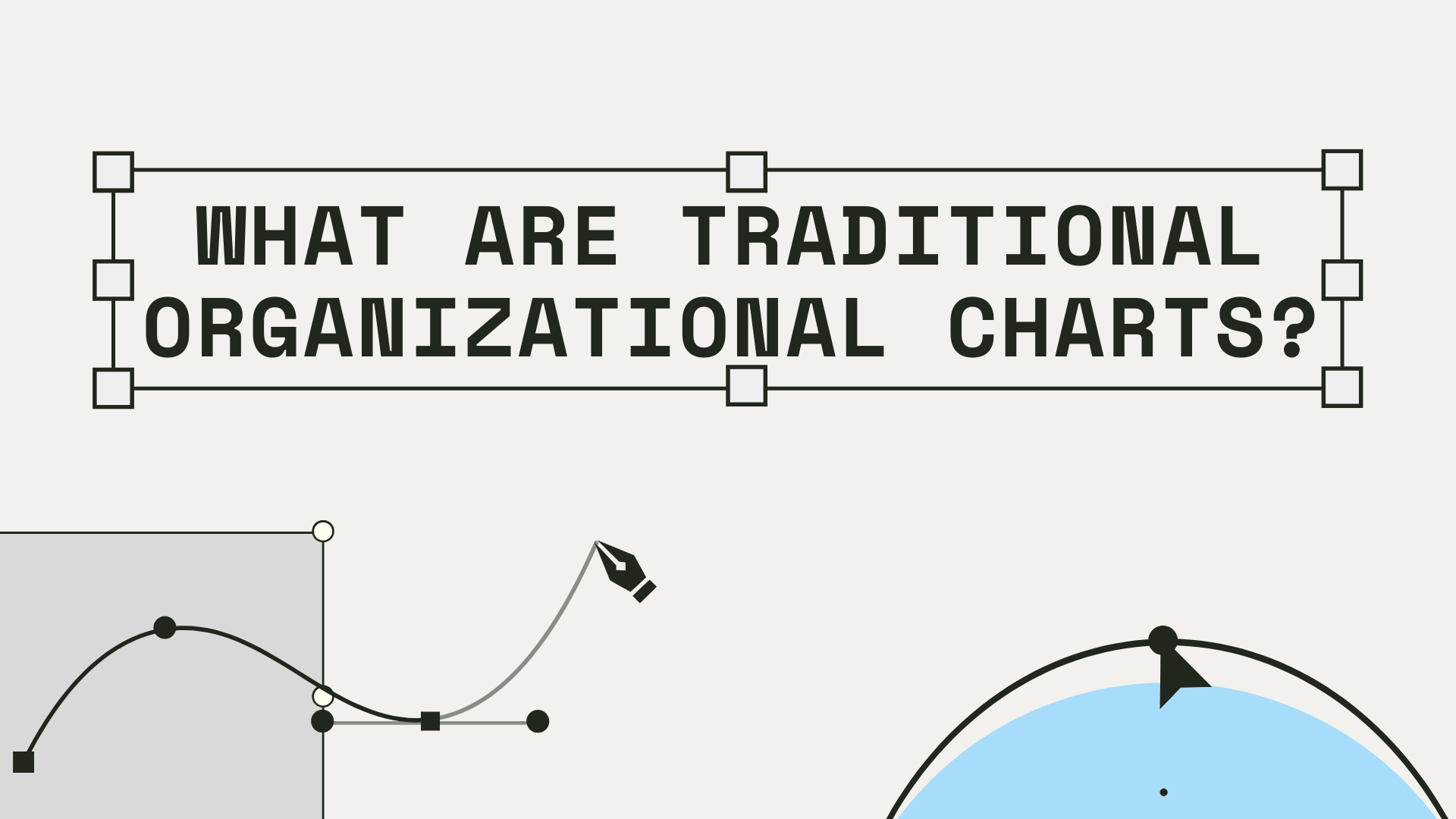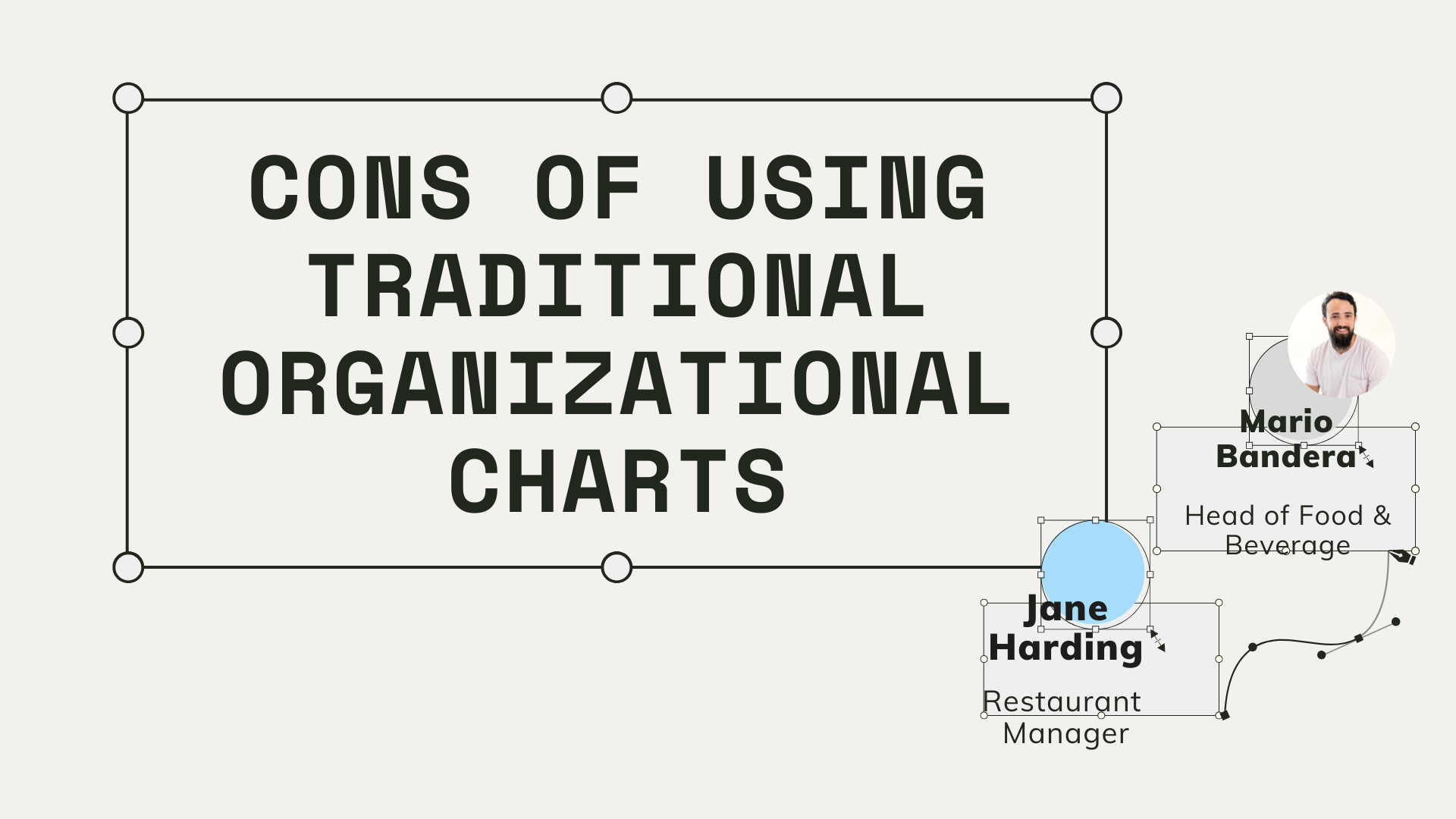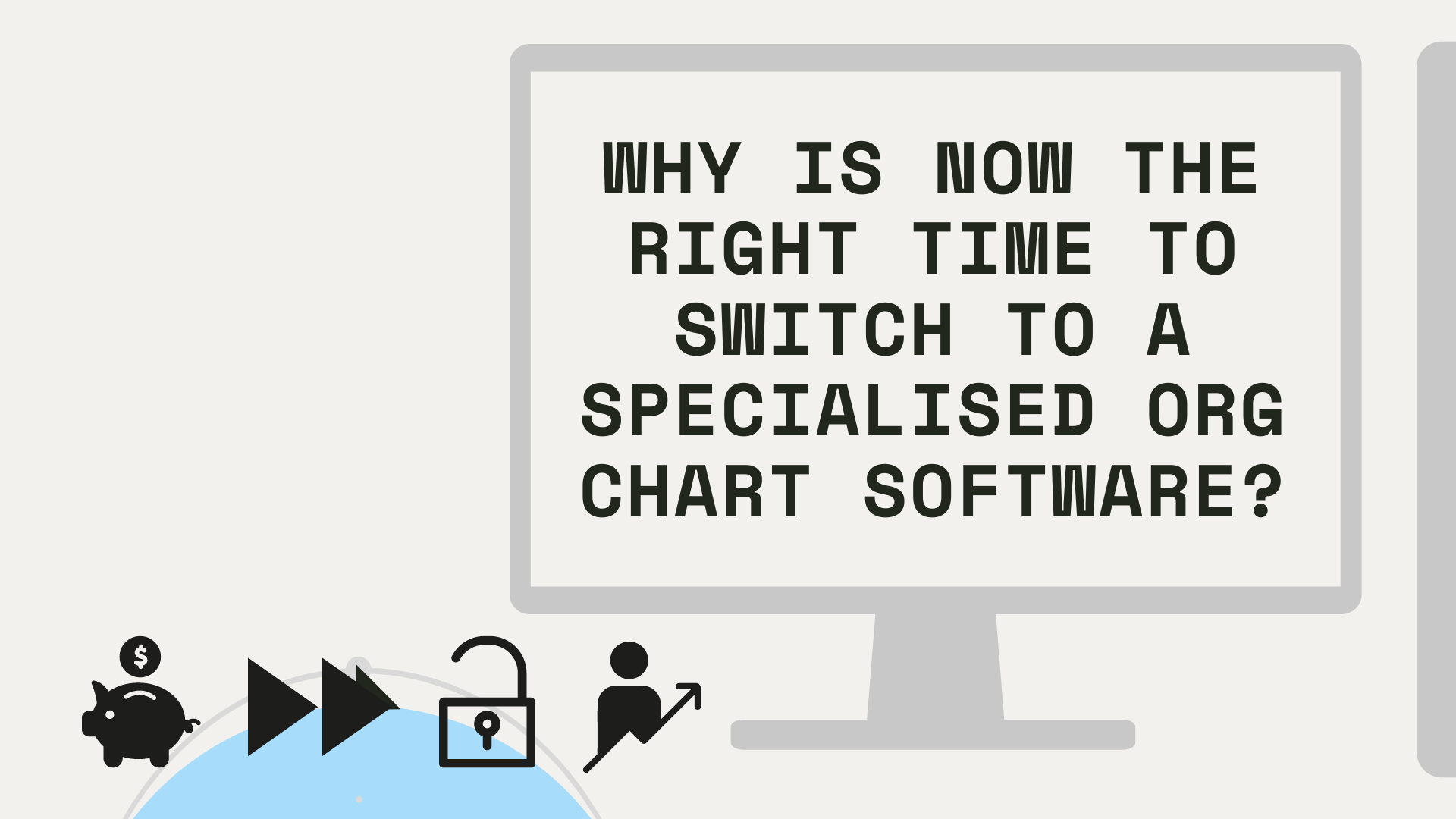For years, HR teams have settled for generic diagram drawing tools to quickly create organizational charts. We get it – proper HR tools that dealt with org charts used to be completely unaffordable, time-consuming to set up, and ultimately, out of reach. But times have changed, and so have the options. Now, there are highly specialised org chart building tools designed exclusively for HR teams, allowing you to create organizational charts both quickly and affordably.
Org chart building tools, such as Martian Logic, are designed to take your investment far beyond just a static diagram of text boxes and lines. With no set-up costs or lock-in factors, you can acquire a beautiful and highly functional org chart, as well as unlock thousands of HR-specific features that you can draw on to deliver valuable long-term benefits for your HR team, managers, and executives.
So, why limit your investment to a short-lived static diagram? Redirect those resources into a specialised org chart tool and leverage this indispensable asset for managing employees and positions.
What Are Traditional Organizational Charts?

A ‘traditional organizational chart’ is a static diagram made up of boxes and lines that illustrates the structure of an organisation. If you’ve ever tried to create one using a generic diagram drawing tool like Microsoft Visio or Canva, then you know the drill: adding shapes, inserting text boxes, copying and pasting, tweaking, and connecting the boxes with lines or arrows.
Same goes for updating a traditional org chart – the manual process of moving blocks around and duplicating elements is repeated when incorporating a new hire, altering reporting lines, or removing an existing employee. So, to ensure it remains a reliable and relevant asset, organisations must allocate a resource to constantly track the flow of employees and promptly make the changes to the org chart.
Now that we’ve discussed what a traditional organizational chart is and how they are created/updated, let’s move on to the cons of using them.
Cons of Using Traditional Organizational Charts

1 – It’s Costly to Have A Resource Dedicated to Keeping It Up-To-Date
Trying to keep an organizational chart up-to-date can take up almost an entire resource in itself. The process of constantly tracking employee movements, promotions, additions, and departures, and ensuring those changes are promptly reflected in the org chart can be time-consuming and inefficient. Why invest unnecessary time and money into constantly managing administrative tasks? Let a specialised org chart tool handle them for you.
Built within your HR software, this tool will automate the entire process of keeping your org chart up-to-date. So, say goodbye to the tedious job of manual edits and hello to a live-updating org chart that systemically captures every change in your organisational structure.
2 – Information Flow is Limited
What makes an organizational chart useful is its ability to clearly illustrate employees, their roles, who they report to, and any other information your organisation deems important. While traditional org charts can do this to a certain extent, there is often very little room for additional information such as contact details, remuneration (REM) information, working hours, contract type, and so on. Nodes are too small, canvas space is limited, and it can be a lengthy process to try and reformat everything.
That’s why the best move to make is the switch to a specialised org chart tool. It’ll give you the flexibility to display key employee details on the org chart nodes themselves or tucked away within them. This specialised org chart tool will even allow you to visualise and upload as much information as you like, without having to worry about limited node/canvas space or platform lags.
3 – They’re Often Ignored & Forgotten
No matter how pretty and neat a static organizational chart is, its long-term functionality is very limited within an organisation. While employees may look at it once or twice when it’s new, it will quickly be forgotten about, and within a matter of weeks, it’ll become an outdated and unreliable source of information. What’s the point in putting in the effort to create an org chart if it’ll just sit to the side and collect dust?
It’s much more worthwhile to invest in one that gives you access to additional features, integrates seamlessly into your HR workflow, and instantaneously updates with changes to your employee structure. So, as opposed to a neglected static diagram, consider investing in a specialised org chart tool that will streamline your HR tasks and make it easier to manage your employees and positions in the long run.
Why is Now the Right Time to Switch to a Specialised Org Chart Software?

Back in the day, for a company managing around 2000 employees, it would cost hundreds of thousands of dollars a year (if not millions), before they could really use a specialised org chart software – not to mention the hefty yearly maintenance fee and countless hours spent on setting it up. Needless to say, having a specialised org chart software used to be a huge cost to any organisation. But not anymore…
Due to the introduction of platforms like Martian Logic, which took the SaaS model and applied it to the HR context, you can surpass the long wait times and get started with a specialised org chart building tool instantly and with no set-up fees. Simply create your own account, test the platform, and make sure it works for you!
If you decide it’s something you want to explore further, some platforms offer a pay-as-you-go model where you can leverage all of the HR-related features at your own pace. Whether you opt for a monthly or yearly subscription, the choice is yours. The best part? There are no hidden costs – everything from comprehensive training to dedicated support is included. This flexible payment structure, coupled with a no lock-in factor, puts you in control of your expenses, allowing you to adjust as the needs of your organisation evolve.
So, now that you know that the barriers-to-entry for acquiring a specialised org chart software are gone, it’s time to stop settling for traditional org charts and make the switch to this useful tool for HR teams!

